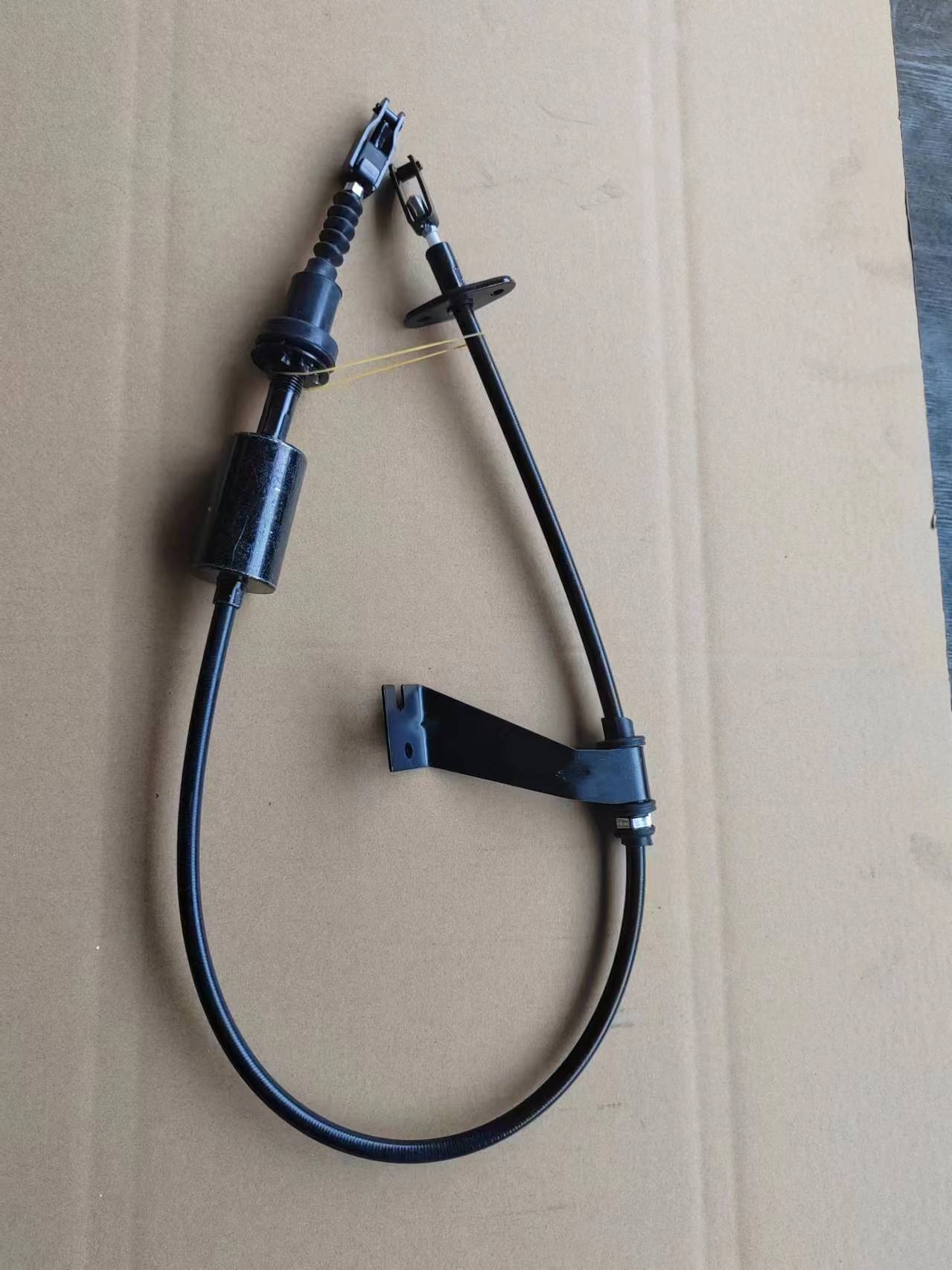Universal Choke Cable Solutions for Enhanced Performance and Versatility in Your Vehicle
Understanding the Universal Choke Cable A Vital Component in Engine Management
The universal choke cable is an essential component in the operation of internal combustion engines, particularly in older vehicles and small engines. Its primary function is to help govern the air-fuel mixture entering the engine during the starting process, particularly in cold conditions. This article explores the importance, functionality, and application of universal choke cables in various engines.
What is a Choke Cable?
A choke cable is a mechanical device that aids in regulating the air-fuel mixture entering an engine’s combustion chamber. In many air-cooled engines and older vehicles, the choke cable is manually operated by the driver. Pulling the choke cable restricts the airflow, thereby enriching the fuel mixture, which is crucial for starting an engine in cold conditions.
The universal choke cable is a versatile version of this component, designed to fit multiple makes and models of engines. It generally features a standard length and connectors, allowing it to be used across various vehicles and small engines, therefore making it a popular choice among DIY enthusiasts and mechanics.
How Does a Universal Choke Cable Work?
The operation of a universal choke cable is quite simple. When the engine is cold, the user pulls the choke cable, which pulls a lever or plate that partially obstructs the air intake. This creates a richer fuel mixture by increasing the fuel relative to the amount of air in the combustion chamber, making it easier for the engine to start. Once the engine is running smoothly, the user can push the choke back in, thereby restoring the normal air-fuel mixture.
The basic components of a choke cable include the outer casing, a pull cable, and a choke lever. The cable is typically made from durable materials to withstand the rigors of engine environments, including exposure to heat and engine fluids.
Importance of the Universal Choke Cable
universal choke cable

1. Cold Start Performance The primary benefit of the choke cable is its ability to assist in starting engines under cold conditions. Properly adjusted, a choke cable can significantly decrease the time required to get the engine running.
2. Versatility Because it is designed as a universal part, the choke cable can be used with different engines, making it a cost-effective solution for repair shops and hobbyists. This adaptability eliminates the need to stock multiple specific cables for various engine makes and models.
3. Simplicity of Installation Installation of a universal choke cable is often straightforward. With basic mechanical skills, most users can replace or install a new cable without professional assistance, making it accessible for DIY repairs.
4. Cost-Effectiveness Compared to other engine components, universal choke cables are relatively inexpensive. This affordability makes them an ideal choice for those performing maintenance or repairs on a budget.
5. Durability Many universal choke cables are designed for endurance, ensuring they can withstand the demanding conditions of engine operation. This durability means that, with proper care, they can last for a considerable time.
Applications of Universal Choke Cables
Universal choke cables are commonly found in
- Small Engines Lawn mowers, snow blowers, and generators often employ these cables to enhance their cold-starting capability. - Classic Cars Many vintage cars, which may not have advanced electronic starting systems, utilize choke cables for easy engine ignition. - Motorcycles and Scooters Older models may use choke cables to facilitate engine starting, especially in colder weather. Conclusion
The universal choke cable, while often overlooked, plays a crucial role in engine performance, especially in cold starting situations. Its simple yet effective design allows for easy installation and adaptability across various engine types, from classic cars to small engines. Understanding how the choke cable functions and its importance can empower both mechanics and enthusiasts to maintain and repair engines more effectively. By recognizing the value of this essential component, users can ensure their engines perform optimally and reliably, no matter the temperature outside.
-
Workings of Clutch Pipe and Hose SystemsNewsJun.04,2025
-
The Inner Workings of Hand Brake Cable SystemsNewsJun.04,2025
-
The Secrets of Throttle and Accelerator CablesNewsJun.04,2025
-
The Hidden Lifeline of Your Transmission Gear Shift CablesNewsJun.04,2025
-
Demystifying Gear Cables and Shift LinkagesNewsJun.04,2025
-
Decoding Clutch Line Systems A Comprehensive GuideNewsJun.04,2025
